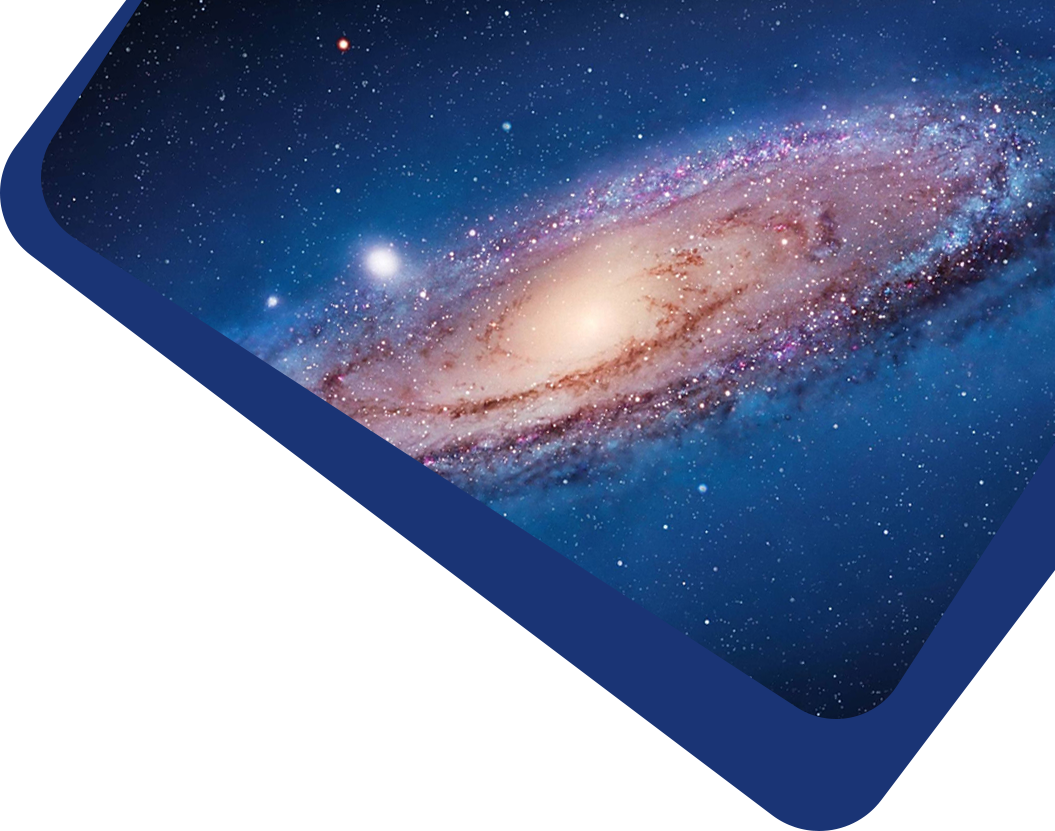We examine the consequences of the dark matter halo presence on the alignment of angular momenta of the luminous astronomical objects like galaxies and their clusters. For that we calculate the distribution function of their gravitational fields within the statistical method, generalized to the the presence of dark matter halos. The generalization deals both with direct account for halo component in the form of Navarro, Frenk and White (NFW) profile and indirect influence of dark matter on the tidal interaction between luminous objects. The NFW profile’s gravitational field distribution isolates luminous objects within the halo, suppressing mutual interactions, which contradicts observational data and simulations. To address this, we propose a hypothetical short-range interaction, which can be a well of Newtonian (gravitational) nature. Namely, we derive this short-range interaction on the basis of a multipole expansion of the initial Newtonian interaction. Introducing the short-range part in the initial interaction, we arrive at modified quadrupolar intergalaxy interaction, which permits the luminous objects, which are closer than interaction range rc , to effectively interact with each other inside the dark matter halo. This permits us to show that the more clumpy the luminous objects are, the more probably their orbital moments will be aligned. Our theoretical analysis, supported by observational and simulation data (Illustris Project 2013), indicates that dark matter halos significantly alter the gravitational field distribution, affecting angular momenta alignment. We find that while angular momenta alignment increases with cluster richness in galaxy clusters, it does not in superclusters, likely due to the abundant dark matter in superclusters. Our theoretical predictions align well with both observational data and numerical simulations.



